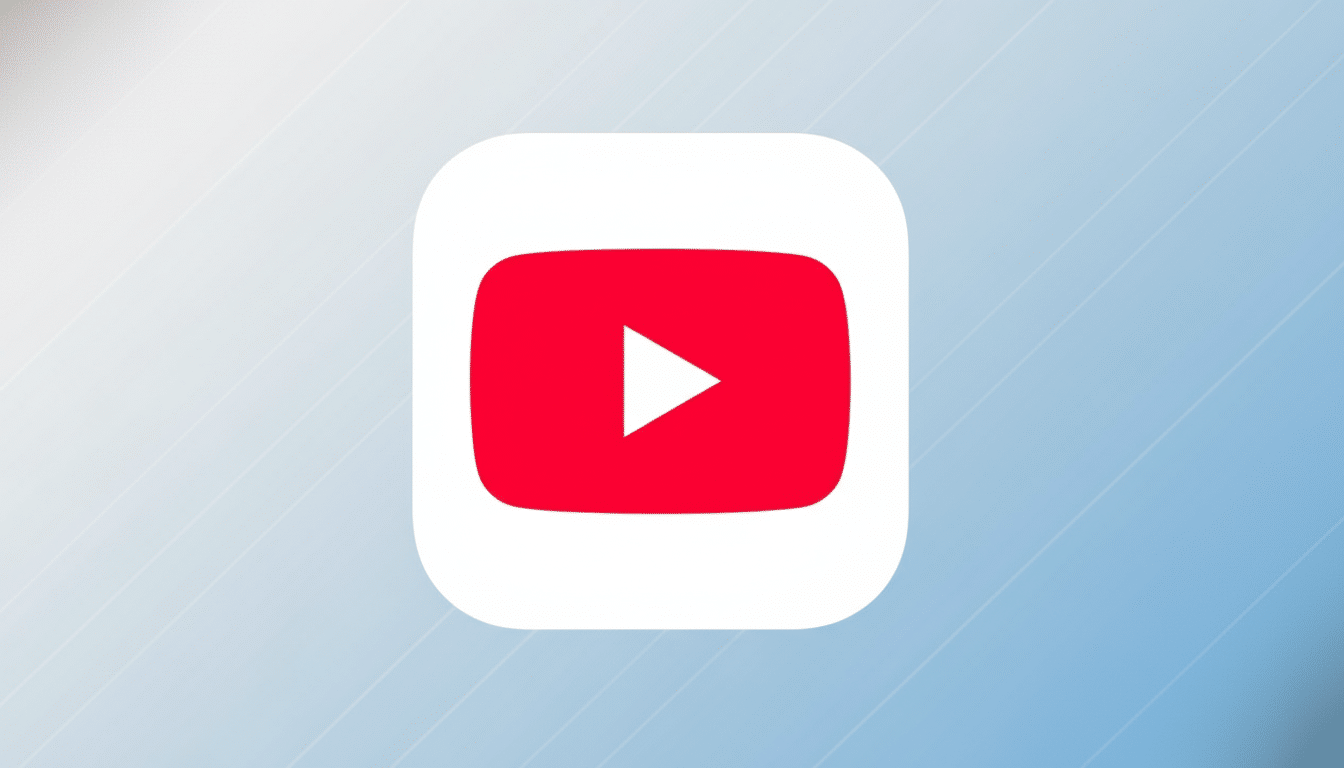YouTube is quietly testing a couple of new features that could go a long way towards helping its users enhance the way they interact with and upload videos — at least if you look beyond the fact that everyone’s talking right now about a handful of movie trailers for upcoming blockbusters. The test (which is available only to adults in Ireland and Poland) allows people to begin one-on-one and group chats straight from the Share button on any video, including Shorts and live streams.
The experiment, the company says, is answering a long-standing request from users who currently bounce to SMS, WhatsApp, iMessage, and Instagram DMs to pass along links. Reincorporating messaging could shorten that hop, recirculate content, and deepen time spent within YouTube’s app.
- What the test includes for YouTube’s in-app chats
- Why YouTube is reinventing in-app messaging right now
- Safety and moderation guardrails in the current YouTube test
- What it means for creators and viewers using YouTube chats
- Why the test is limited to adult users in Ireland and Poland
- What to watch next as YouTube evaluates private messaging

What the test includes for YouTube’s in-app chats
If they do, eligible users can tap Share and YouTube will open a full-screen chat surface that is capable of handling both direct and group threads. Friends can respond with their own video, over which they can type out a message or react with emojis. It’s a lightweight, video-forward chat designed to make sending a clip feel as spontaneous as dropping a GIF.
Access is available only for people 18 and older, with invitations requested before each chat begins. That invite gate indicates YouTube is trying to emphasize discussion-based communication between known connections rather than allow open DMs with creators or channels.
Why YouTube is reinventing in-app messaging right now
YouTube killed its initial in-app messaging in 2019, with declining use and the associated burdens of moderation being some key factors. The platform has only grown more social since then: Now, Shorts draws billions of logged-in users every month, and YouTube has embedded a layer cake of Community posts, live chat, and features that evoke Stories. A native share-to-chat flow is the piece of the puzzle that was lacking.
There’s also competitive gravity. TikTok and Instagram, Snapchat, and others have turned easy private sharing into growth engines, with DMs helping fuel discovery and return visits. In August, Spotify introduced its own in-app messaging feature for songs and podcasts — another example of massive media companies bringing conversation closer to their content.
Safety and moderation guardrails in the current YouTube test
YouTube is incorporating familiar safety controls: users can “unsend” messages, block contacts, and report conversations. The messages will be subjected to the same Community Guidelines that uphold videos and comments. The adult-only test group mitigates risk while the company studies behavior cycles and adjusts enforcement tools.
The careful rollout is also a reflection of past scrutiny around youth safety on top platforms. YouTube is trying to head off unsolicited outreach — a flashpoint for abuse reporting and policy enforcement in the past — by requiring invitations and limiting who can start chats.

What it means for creators and viewers using YouTube chats
For creators, native DMs might encourage more velocity on new uploads as fans privately share links without leaving the app. You should expect to see creators prompting “share to a friend” CTAs that ride this frictionless loop. If group chats take off, they could serve as micro-communities built around channels or niches — especially for Shorts and live events.
The biggest difference for viewers, they say, is convenience. Instead of pasting a link into an external app, a user can begin a thread called, for example, “Weekend Plans,” and drop in a stream or review clip in seconds. That straightforwardness tends to boost share rates on social platforms, and YouTube will be watching whether message-driven views cause a significant lift in watch time or session length.
Why the test is limited to adult users in Ireland and Poland
Regional pilots enable YouTube to prove product–market fit and safety dynamics in varying regulatory regimes before scaling more broadly. For example, EU markets like Ireland and Poland provide a combination of high mobile engagement with more manageable cohort sizes, enabling teams to iterate on things like moderation, latency, and UX without the noise that comes with a global rollout.
If metrics appear healthy — think share initiation rates, response rates, and low levels of policy abuse — the company can roll out to more countries in stages, potentially with additional protections for teens if it ever expands beyond adults.
What to watch next as YouTube evaluates private messaging
Key signals will include whether message threads lead to repeat opens of the YouTube app, how frequently shares result in new views, and whether group chats turn into ongoing conversation rather than one-hit link drops.
Another question that remains open: Will YouTube pair messaging with channel memberships or live streams to provide perks such as members-only threads?
Even modest adoption could have outsized impact on the ways that videos travel among friends, given that Facebook now counts more than 2 billion users logged in every month. If the pilot is safe and sticky, then private messaging may once again become a permanent feature in YouTube’s social toolkit — built for the Shorts era and calibrated to today’s expectations of safety.

